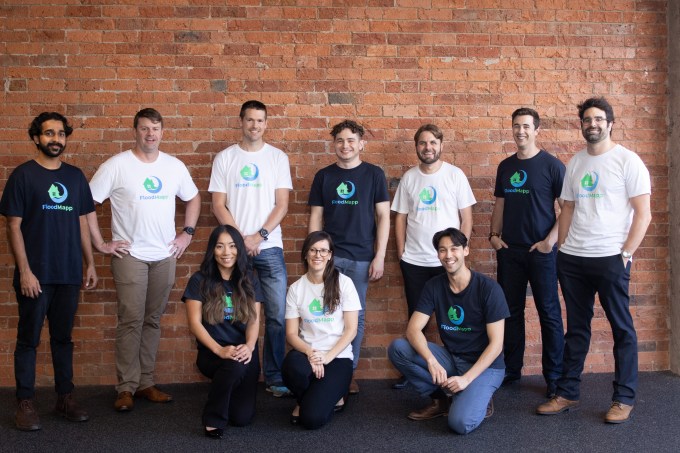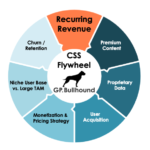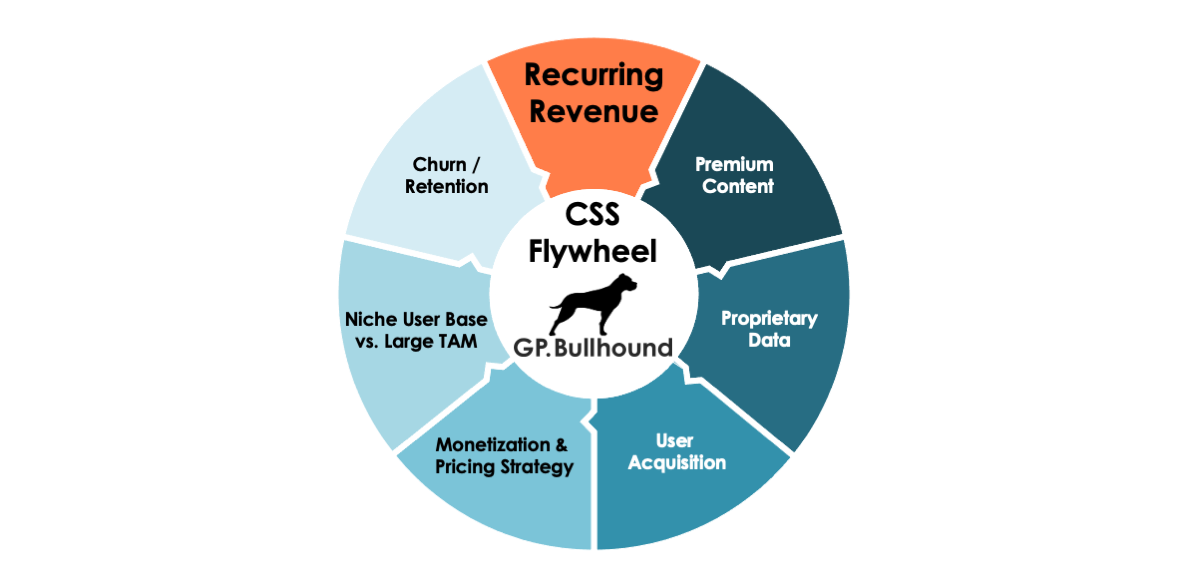Accord opened up its previously announced $6 million seed round to accept over $1 million from a group of CEOs and sales leads at companies they are working with to officially launch its business-to-business sales platform.
Brothers Ross and Ryan Rich co-founded the San Francisco-based company in 2019 with Wayne Pan to create a customer collaboration platform that, in the words of CEO Ross Rich, “makes the process of buying and selling suck less.”
The average sales deal can involve 14 people, just on the buyer side, which means teams do a lot of “herding cats” in order to drive consensus on sales, he said.
Instead, Accord’s application provides shared next steps and milestones for buying and selling teams to align on so that the right people are looped in at the right time.
“Our unique approach is helping management and sales, but also helping the buyer, which is how you build a relationship,” Ross Rich explained. “Before COVID, you could go onsite, but now you can’t do that. You also have to adjust to the buyer’s expectations, and with business-to-consumer, everything is ‘now and immediate.’ ”
The company’s target market is technology startups, but Ross Rich said Accord is now attracting interest from medical device companies and others where there is no software that bridges the gap between external parties.
Over the past six months, Accord doubled its team and was approached by multiple companies with acquisition offers. However, just a year-and-a-half into the company Rich said he is not entertaining those kinds of offers just yet.
“We have barely scratched the surface and would be selling ourselves short not having had a swing at it,” he added.
The company decided to focus on non-institutional investors when it raised this uncapped round, opting not to grow the board, Rich said.
Instead, it gathered a group of CEOs and sales leads from companies it works with — people who were getting it and seeing the value, including Mike Murchison, co-founder and CEO of Ada Support, who said via email that Ada’s B2B growth “exploded in part because of our focus on being a true partner — not simply a vendor — to our clients.” He added that Accord made it easy for Ada’s sales teams to offer a collaborative buying process.
Another investor, Stephanie Schatz, one of Accord’s advisors, said via email she got in on the round due to Ross Rich having “all the right ingredients for a successful founder,” and the product, which she said was taking into account how people want to buy.
“Ross has intelligence, drive, passion, vision and charisma, but on top of that, I have found that he has excellent instincts for leading a team and building a generational company,” she added. “Accord offers CEOs and sales leaders the opportunity to build a high-performing sales team from the very beginning that truly puts customers at the center.”
The new funding will go toward the general launch of the platform and adding to its team of 13. Rich expects a Series A round to quickly follow.
Powered by WPeMatico











